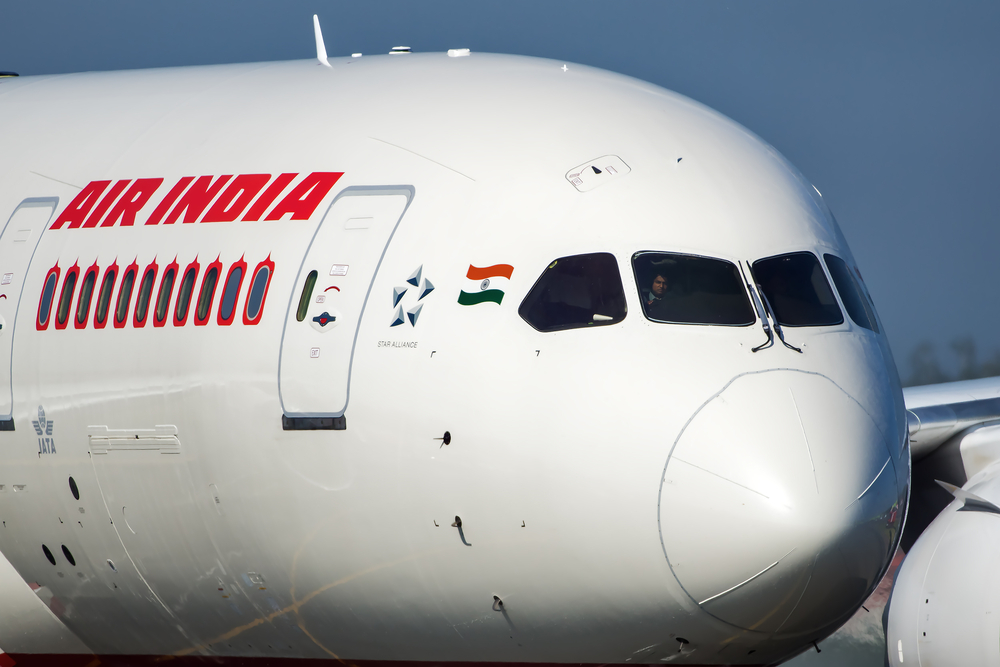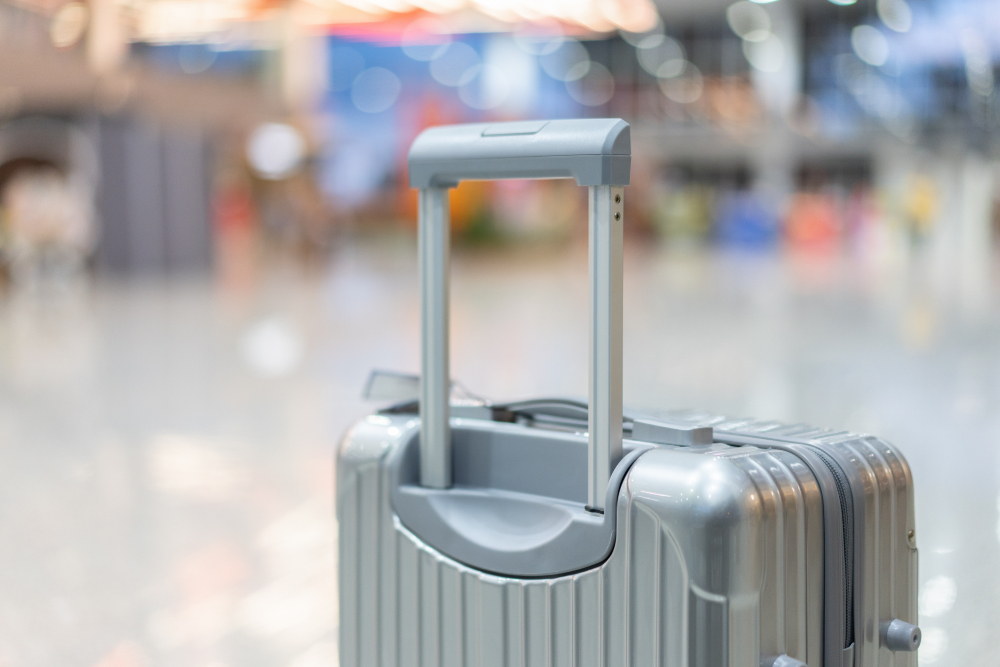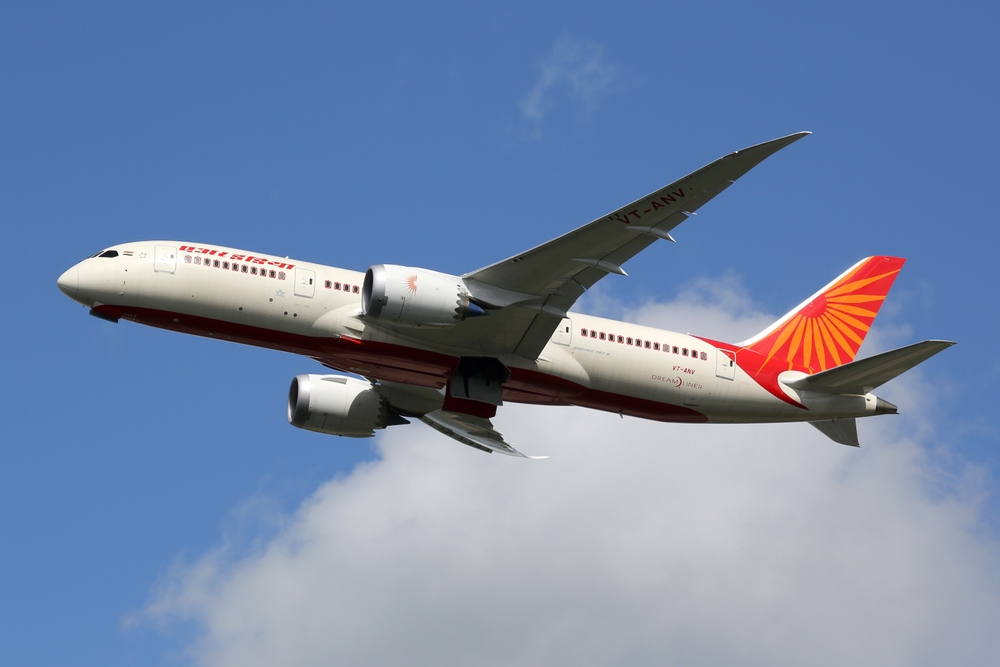Aviation accident specialists
Our Aviation team is repeatedly ranked No.1 in the UK by Chambers and The Legal 500 and is one of the top claimant teams worldwide for aviation accidents.
We have successfully acted for bereaved families and seriously injured passengers and crew from over 50 countries across the globe, including the UK, Australia, Singapore and Malaysia.
What is turbulence?
Turbulence, as happened in May 2024 on Singapore Airlines flight SQ321, occurs in irregular, chaotic and unpredictable motions in airflow. It is often encountered in storms when columns of air rise and fall (in downdrafts and updrafts). It also happens in mountainous regions when the airflow over irregular terrain generates waves in the atmosphere, as well as in weather fronts and strong air currents such as gulf streams. Turbulence can also occur in clear skies.
How we can help with turbulence injury claims
Turbulence claims require aviation lawyers with experience in examining an airline’s processes, planning and piloting, as well as weather information, the practices of other airlines and risk assessments. These cases also require expertise in international aviation law including ascertaining in which country the claim should be brought – where they involve serious injuries, for instance spinal cord or brain injuries, they also require lawyers with expertise in proving the lifelong consequences and losses.
Since 2006, Stewarts has been the leading firm in the UK and Europe representing families and passengers following mass aviation disasters as well as aviation accidents and incidents that have resulted in life-changing injuries.
In aviation claims we can offer our clients the reassurance that if they do not win their claim, we will not ask them to pay for our work.
Initial support related to a flight injury claim
When we meet our clients and client families, they are in the immediate aftermath of a terrible shock. Our job is to try to relieve some of the burden, help them understand what happened, seek the true cause and provide them with future financial stability.
Stewarts has helped clients with issues arising from extended periods of overseas hospitalisation and medical repatriation, entirely free of charge.
You can read more about the stages of making a claim here.
Turbulence FAQs
Can you sue for turbulence injury?
Several treaties throughout the world govern international air travel, providing remedies to those injured or to the families of those killed in air accidents. The particular international convention that applies will depend on each passenger’s individual ticketing arrangements. Domestic flights are governed by a country’s domestic law. That domestic law may incorporate a version of the international convention.
The starting point is to determine if the turbulence experienced falls within the definition of “an accident”, which turns on whether or not the event can be described as an “unusual and unexpected event external to the passenger”.
Caselaw has found that serious turbulence with large and abrupt changes in altitude would fall within this definition.
Once over this hurdle, liability is a so-called “strict liability”, meaning passengers do not have to prove any fault on the part of the airline.
Compensation can be paid out for psychological as well as physical injury caused by turbulence in-flight.
What is considered severe turbulence?
There are two main causes of severe turbulence.
Thunderstorms cause changes in wind strength and air flow leading to turbulence. Masses of air displaced by storm clouds can create turbulence thousands of miles away. While turbulence from thunderstorms can generally be identified by weather radar, allowing pilots to avoid them, thunderstorms are becoming more intense due to global warming.
Clear air turbulence usually occurs at altitudes of 20,000 to 49,000 feet and is caused by wind velocity gradients around the jet stream. It is harder to detect as it doesn’t show up on weather radar systems, meaning aircraft may more frequently fly into clean air turbulence.
Severe turbulence as a result of either cause can result in life-changing spinal cord and brain injuries for unrestrained passengers.
How does turbulence cause injuries?
Severe aircraft movement during turbulence can cause a passenger to be thrown out of the seat and against the frame of the aircraft, especially if they are not wearing a seatbelt. There is also a risk of colliding with other obstacles such as trolleys and luggage, and even other passengers. This can result in serious brain or spinal cord injuries.
While wearing a seatbelt can reduce the risk of serious injury, it does not prevent it entirely, and where turbulence is unexpected the pilot will not always be able to pre-warn passengers.
There is also the risk of psychological injury for any person who experiences such a traumatic experience, especially in the case of clear air turbulence where there can be little advance warning for passengers.
Are airlines liable for personal injury?
Airlines are liable for an in-flight accident, where a passenger sustains an injury through an incident considered out of the norm. International law has developed to provide a legal framework for paying compensation for death or injuries which took place on board an aircraft when certain criteria are met, including cases of extreme turbulence.
Whilst each case is different, aviation specialist lawyers will be able to determine very quickly the validity of your air accident claim. Such claims are complex and complicated, and specialist legal advice is essential to navigate the likely pitfalls.
Contact us
If you or a relative have been injured while a passenger on a plane, please contact Sarah Stewart at sstewart@stewartslaw.com or Peter Neenan at pneenan@stewartslaw.com.
Or you can contact us here.
-
Expertise
-
Experience
"Widely regarded as a go-to firm for claimants in aviation litigation"
Chambers
"They are just top-rate; they are everything I would look for in lawyers - very responsive, extremely knowledgeable, and really care about their clients"
Chambers
"Always responsive, always very clear, and they've been very quick in reacting and telling the client what the next step is. They are way ahead of everyone else; they've transformed the litigation market"
Chambers
"I honestly couldn’t ask for more and feel incredibly grateful to be working with such a bright and incredible team"
The Legal 500
"Without doubt the leaders in this field"
The Legal 500
Meet the Aviation team
Our team has unrivalled experience in dealing with aviation accident claims and aviation litigation.
We are ranked No.1 in the UK by Chambers and The Legal 500 and are one of the top five firms worldwide for aviation accident litigation.





